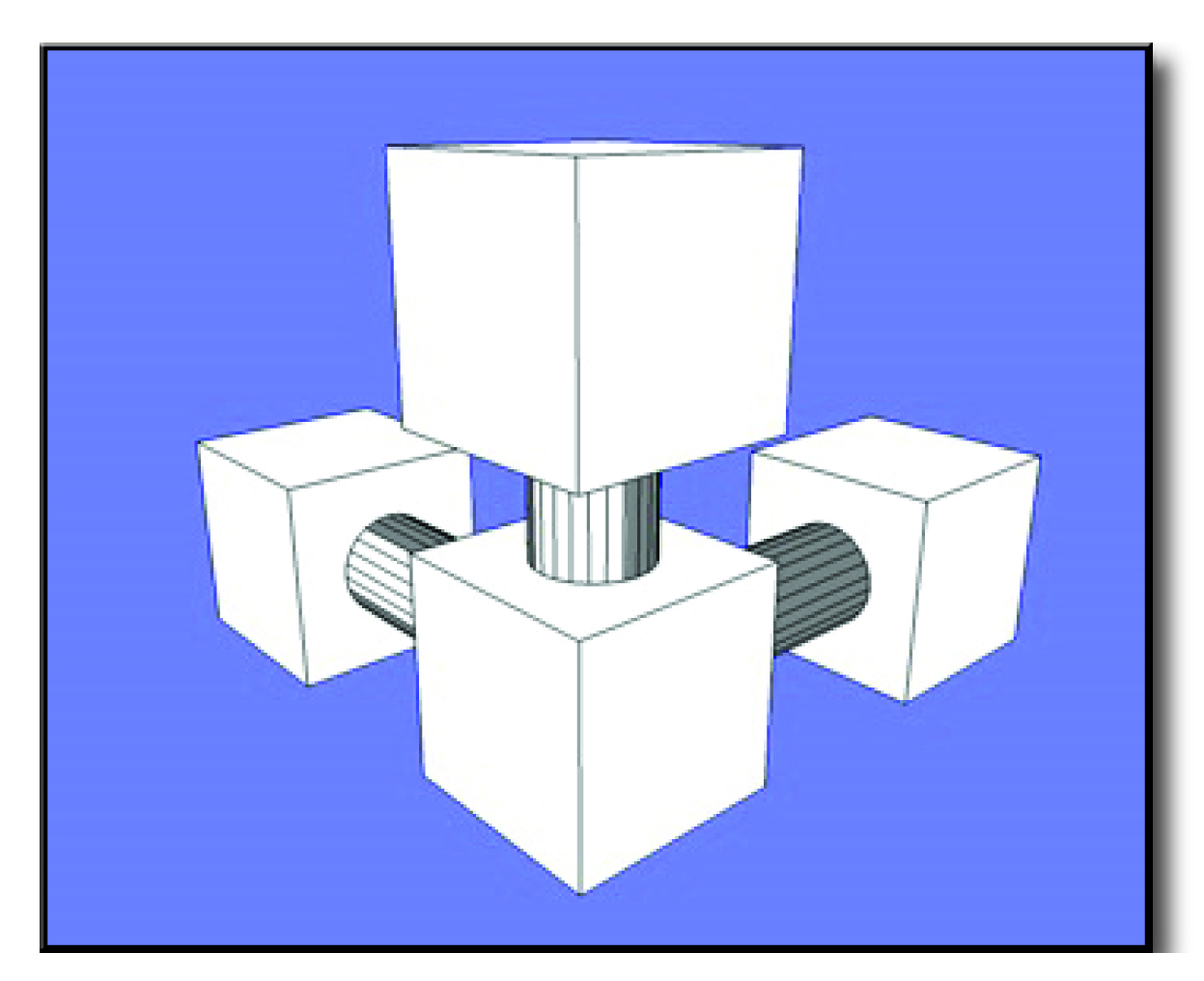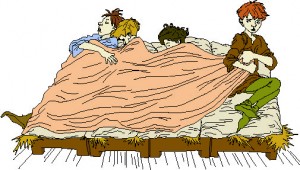Major Project – Outcome Research
Researching interface navigation was extremely helpful for both the Interface and the Matrix. There is an incredible amount of information for this on the web, in magazines such as Creative Arts, Digit and .Net, as well as the library. There is a White Paper by Pat Brogan on ‘Using The Web for Interactive Teaching and Learning, The Imperative for the New Millennium’ which was very useful in understanding how people learn, reinforcing the information taught while studying for a PGCE.
“The learner uses the brain system to talk, listen, read, view, act and create values. Creating learning environments that engage these different aspects of the brain as part of the learning process will result in a more complete learning experience. The opportunity to build new collaborative learning environments is warranted based on the research that shows that students actually learn better while doing, and learn more when they are actively engaged in their learning. Technology can play a key role in facilitating collaboration.” (Brogan, 2000 pg 9, paragraph 4)
Another White Paper, also by Pat Brogan for Macromedia, is ‘Using the Web to Train Knowledge Workers, The Imperative for the New Millennium’, which covers managing and sharing knowledge. This was very informative for understanding the differences between tacit and explicit knowledge. The Talking Walls has been designed to be a mixture of both, the characters and personal stories being the conveyors of tacit knowledge, the fact sheets and Quiz games the explicit knowledge.
“Ikujiro Nonaka, author of the book “The Knowledge Creating Company” segments tacit knowledge into two dimensions. The first is the technical dimension, which covers skills, and crafts that can be termed “know-how”. He uses the example of the master craftsman to describe the tacit knowledge developed over years of experience. Often the craftsman can’t articulate why and how he does things—it comes from intuition, experience and feedback. Michael Polanyi, in his book “The Tacit Dimension” describes tacit knowledge as “personal” and “holistic”, embedded in experiences and including such intangibles as values and beliefs. The second is cognitive data—mental models, beliefs, perceptions that are so ingrained that people have a hard time recognising them and articulating them as sources of knowledge. Data becomes “enriched” which becomes information, which is transformed into knowledge, and then work.” (Brogan, 1999 pg 8, paragraph 1)
It has always been a requirement to produce The Talking Walls as educative and informative as well as entertaining for adults and children. I believe the result covers these areas even at demonstrator level. When completed at commercial level it will be a valuable tool not only for the heritage industry but for educators and individuals wishing to learn about their cultural backgrounds.
The set of characters will tell the tales of their working day / life, for each timeslice visited. These characters, such as the cook, stable boy, maid etc. will provide an experience and be relevant for each time-slice. They will be based on the ‘actual’ characters that lived and worked at the castle, the life stories will be based on events that happened to them whilst they worked there. It is these stories of their own lives that will impart knowledge of their era, transferring tacit knowledge such as cultural and social values and moral codes.
Another area helping to reinforce the user’s understanding of what it was like to live in a different era is the Write Your Story area. This is where children (or adults) can write about their ‘imagined’ life experiences as one of the characters, and then submit it to the website. There will be an automated response thanking them for the story, and telling them that it will be chosen for viewing on the website the next day. They will then be able to read it on the website and show their parents, grandparents, or teachers and in the process, share the knowledge.

